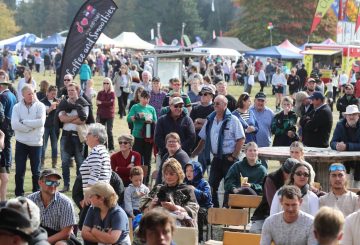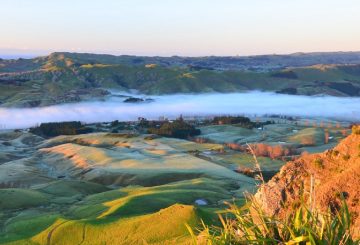타우랑가 중심부에 경기장을 건설하려는 계획은 예산 문제로 축소되고 지연되었습니다.타우랑가 도메인의 커뮤니티 스타디움은 이제 두 단계로 건설될 예정이며, 건설은 2033년이 되어서야 시작됩니다.타우랑가 시의회가 정부의 쓰리 워터스 법안 폐지에 따라 2026년 이후에도 수자원 인프라를 제공해야 하기 때문에 예산 문제가 발생한 것이다.
경기장의 첫 번째 스테이지에는 5500개의 새로운 좌석, 커뮤니티 공간, 카페, 하이브리드 잔디 운동장, 개선된 입구 등이 포함될 예정입니다.건물 중 하나는 와이카토 대학교 스포츠 과학 교수진의 용도로도 용도가 변경될 예정입니다.
원래 이 제안은 전시 센터, 다용도 커뮤니티 시설, 스포츠 과학 공간을 포함하여 7,000개의 상설 좌석과 8,000개의 임시 좌석을 갖춘 2억 2천만 달러 규모의 경기장에 대한 것이었습니다.건설은 2026년에 시작될 예정이었으나 예산 제약으로 인해 2033년으로 연기되었습니다.
경기장 계획은 지역 사회와 스포츠 클럽의 반대에 부딪혔습니다.경기장에 관한 협의에 대한 1189건의 응답 중 절반 이상이 장기 계획에 해당 계획이 포함되기를 원하지 않았습니다.타우랑가 볼스 클럽, 타우랑가 크로켓 클럽, 애슬레틱스 타우랑가는 2천 1백만 달러의 비용으로 이전해야 할 것입니다.주차 공간이 부족하고 도시의 성장에 따라 경기장을 확장할 수 없다는 우려도 제기되었습니다.
경기장의 두 번째 스테이지는 좌석을 7,000석으로 늘리고 8,000개의 임시 좌석, 전시 및 행사 공간, 커뮤니티 스포츠 시설, 개선된 선수 시설을 포함할 예정입니다.그러나 이 스테이지의 예상 비용인 1억 5700만 달러는 2024-34년 장기 계획에 포함되어 있지 않기 때문에 아직 예산이 책정되지 않았습니다.



















































-helped-regain-her-strength-and-balance-using-Nymbl-after-a-fall.-360x245.jpg)










